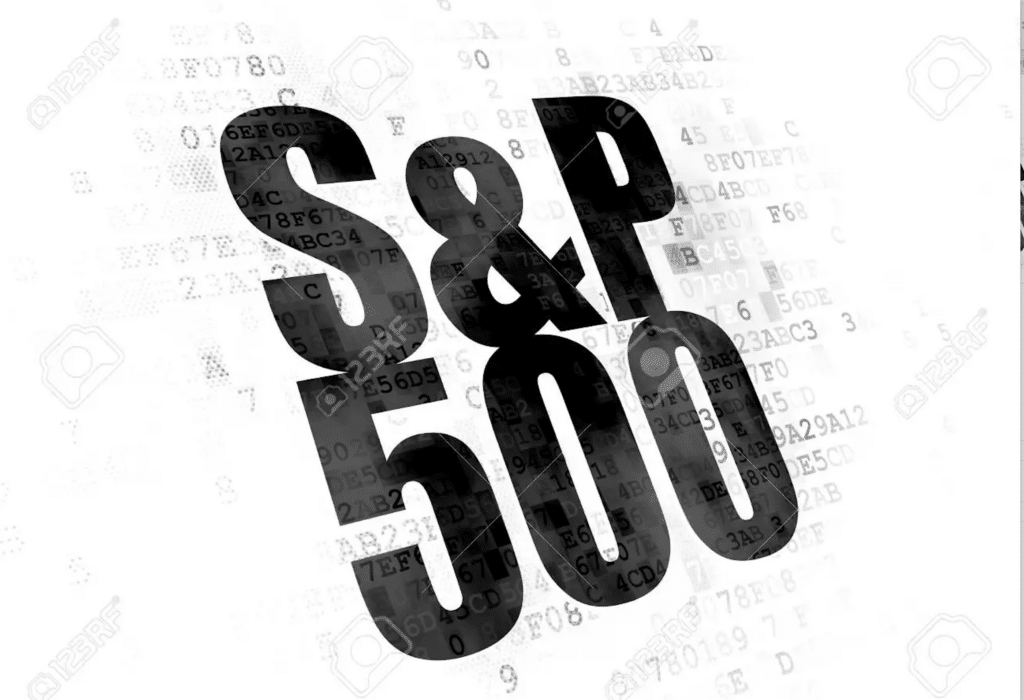We might well want to be able to trade macroeconomic news – so, unemployment, GDP growth, interest rates etc –simply because that’s something that changes market prices. The problem with doing this with any individual stock – say Exxon (NYSE: XOM) is that there can and will be specific issues to do with that corporation at the same time. But we’d prefer to be looking at the whole economy – the macroeconomic – effect of those changes. So, we need to be looking at an index. This brings us to the S&P 500 (INDEXSP: .INX) index, the average of the largest 500 quoted corporations on the American exchanges.

Economic Numbers Move The S&P 500 Index
This will move, does move, according to those macroeconomic factors. And example just last week:
“The Dow Jones Industrial Average slipped 392 points or 1.2% by 9:45 a.m. ET on Monday, while the S&P 500 and tech-heavy Nasdaq fell 1.3% and 1.7%, respectively—pushing each major index down about 3% for the week. “
The DJIA (INDEXDJX: .DJI) is rather old fashioned now, based as it is on the large industrial corporations which are an ever shrinking part of the economy. The NASDAQ (INDEXNASDAQ: .IXIC) is very much more the new economy corporations. The S&P 500 is an imperfect but as good as it gets temperature read on the whole economy between the three.
One advantage of this is that the S&P 500 is an extremely liquid market. That means the spread – the gap between our buying and selling price at any one time – is tiny, might actually be flat for a retail investor on the index itself. For derivative instruments there will be some spread of course. Low spreads make for better speculation, we have to pay less to the market for the ability to speculate.
But Which Economic Numbers Move The S&P 500 Index?
OK, but then comes the next difficulty, which is what do the varied macroeconomic numbers mean for the S&P 500? This does become complicated, because things that we might think are good for the economy can drive the S&P down. There are a number of moving parts to an economy.
OK, so as above we might think that higher CPI inflation would be bad, therefore the stock market index falls on a higher inflation read. But that’s not actually the mechanism here. Rather, stocks do badly when interest rates rise – because higher interest rates make bonds, with their certain interest payments, look better relative to stocks with their uncertain dividends. A higher inflation read increases the chance that the Federal Reserve will raise interest rates to kill inflation. Thus, stock prices fall on a higher inflation read.
On the other hand we might think that strong employment numbers will raise the index level. Because that means the economy is strong, right? Lots of people in lots of jobs, profits should be good in a strong economy, right? And sometimes that is the way it works. If we’re worried about a weak economy that is the way it works. But if we’re worried about a strong and inflating economy then strong employment numbers work the other way. So do low – yes low – jobless claims.
Because if employment is holding up then that means that the economy is still strong, or “too strong” and inflation is likely to persist and that increases the chance that the Fed will raise interest rates.
Examples Of How Economic Numbers Move The S&P 500
Which is what just happened. We’ve had a high CPI read, two decent to strong sets of employment numbers and then we get PCE inflation. That’s the one the Fed really looks at, that’s above target, another rise in interest rates is more likely than it was – the S&P falls.
No single one of any of these numbers really proves anything. But when we get a series of them telling much the same story then they do carry weight and that weight does move the whole market.
But we do have to remember this seeming weirdness. When the economy is terrible then yes, good economic news will lift the market because it does indeed mean that things are getting better. But when the economy is already roaring – and the US one is currently – then ever more “good” news leads to more worries that the Fed will raise interest rates. Therefore, seemingly good news can lead a fall, yes, a fall, in the S&P 500.
Using The S&P 500 Index to Speculate Upon Economic Numbers
It’s entirely true that the S&P 500 moves enough for it to be a good speculative vehicle. A 1.3% daily move in something with near no spread is a good speculative vehicle. When we add the gearing that can be achieved with – say – Contracts for Difference (CFDs) or Futures then it is that good speculative vehicle. The S&P 500 index does move under the pressure of macroeconomic news. Our problem is that we never know quite which way it’s going to move under which piece of news. Because it’s not whether it’s good news – like lower unemployment – it’s the second order effect of the news on interest rates which really matters. Well, most of the time.